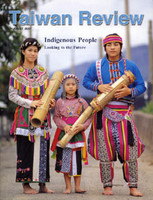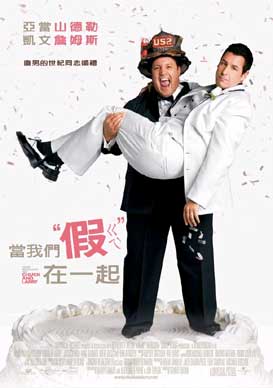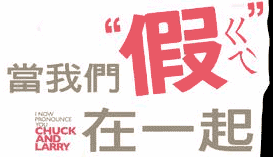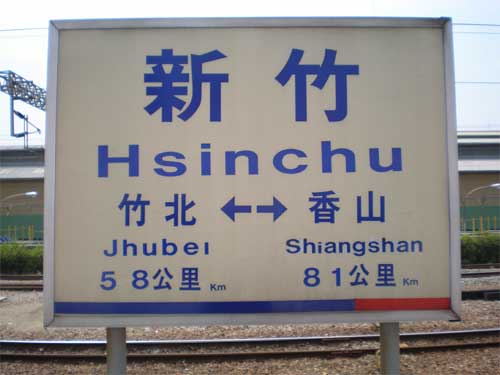Most of the pages in this are devoted to a list of the syllables of Taiwanese. Without counting tones Taiwanese has nearly twice as many unique syllables as Mandarin (797 vs. about 410, respectively).
Here’s the list of Taiwanese syllables, as given in Taiwan’s current official romanization system for Hoklo:
a, ah, ai, ainn, ak, am, an, ang, ann, ap, at, au, ba, bah, bai, bak, ban, bang, bat, bau, be, beh, bi, bian, biat, biau, bih, bik, bin, bing, bio, bit, biu, bo, bok, bong, boo, bu, bua, buah, buan, buat, bue, bueh, bui, bun, but, e, eh, enn, ga, gai, gak, gam, gan, gang, gau, ge, gi, gia, giah, giam, gian, giang, giap, giat, giau, gik, gim, gin, ging, gio, gioh, giok, giong, giu, go, gok, gong, goo, gu, gua, guan, guat, gue, gueh, gui, ha, hah, hai, hainn, hak, ham, han, hang, hann, hannh, hap, hat, hau, he, heh, henn, hennh, hi, hia, hiah, hiam, hian, hiang, hiann, hiannh, hiap, hiat, hiau, hiauh, hik, him, hin, hing, hinn, hio, hioh, hiok, hiong, hip, hit, hiu, hiunn, hiunnh, hm, hmh, hng, hngh, ho, hoh, hok, hong, honn, honnh, hoo, hu, hua, huah, huai, huainn, huan, huann, huat, hue, hueh, hui, hun, hut, i, ia, iah, iam, ian, iang, iann, iap, iat, iau, iaunn, ik, im, in, ing, inn, io, ioh, iok, iong, ip, it, iu, iunn, ji, jia, jiam, jian, jiang, jiap, jiat, jiau, jim, jin, jio, jiok, jiong, jip, jit, jiu, ju, juah, jue, jun, ka, kah, kai, kainn, kak, kam, kan, kang, kann, kap, kat, kau, kauh, ke, keh, kenn, kha, khah, khai, khainn, khak, kham, khan, khang, khann, khap, khat, khau, khe, kheh, khenn, khennh, khi, khia, khiah, khiak, khiam, khian, khiang, khiap, khiat, khiau, khiauh, khih, khik, khim, khin, khing, khinn, khio, khioh, khiok, khiong, khip, khit, khiu, khiunn, khng, kho, khok, khong, khoo, khu, khua, khuah, khuai, khuan, khuann, khuat, khue, khueh, khuh, khui, khun, khut, ki, kia, kiah, kiam, kian, kiann, kiap, kiat, kiau, kik, kim, kin, king, kinn, kio, kioh, kiok, kiong, kip, kit, kiu, kiunn, kng, ko, koh, kok, kong, konn, koo, ku, kua, kuah, kuai, kuainn, kuan, kuann, kuat, kue, kueh, kui, kun, kut, la, lah, lai, lak, lam, lan, lang, lap, lat, lau, lauh, le, leh, li, liah, liam, lian, liang, liap, liat, liau, lih, lik, lim, lin, ling, lio, lioh, liok, liong, lip, liu, lo, loh, lok, long, loo, lu, lua, luah, luan, luat, lue, lui, lun, lut, m, ma, mai, mau, mauh, me, meh, mi, mia, miau, mih, mng, moo, mooh, mua, mui, na, nah, nai, nau, nauh, ne, neh, ng, nga, ngai, ngau, nge, ngeh, ngia, ngiau, ngiauh, ngoo, ni, nia, niau, nih, niu, nng, noo, nua, o, oh, ok, om, ong, onn, oo, pa, pah, pai, pak, pan, pang, pat, pau, pe, peh, penn, pha, phah, phai, phainn, phak, phan, phang, phann, phau, phauh, phe, phenn, phi, phiah, phiak, phian, phiang, phiann, phiat, phiau, phih, phik, phin, phing, phinn, phio, phit, phngh, pho, phoh, phok, phong, phoo, phu, phua, phuah, phuan, phuann, phuat, phue, phueh, phuh, phui, phun, phut, pi, piah, piak, pian, piang, piann, piat, piau, pih, pik, pin, ping, pinn, pio, pit, piu, png, po, poh, pok, pong, poo, pu, pua, puah, puan, puann, puat, pue, pueh, puh, pui, pun, put, sa, sah, sai, sak, sam, san, sang, sann, sannh, sap, sat, sau, se, seh, senn, si, sia, siah, siak, siam, sian, siang, siann, siap, siat, siau, sih, sik, sim, sin, sing, sinn, sio, sioh, siok, siong, sip, sit, siu, siunn, sng, sngh, so, soh, sok, som, song, soo, su, sua, suah, suai, suainn, suan, suann, suat, sue, sueh, suh, sui, sun, sut, ta, tah, tai, tainn, tak, tam, tan, tang, tann, tap, tat, tau, tauh, te, teh, tenn, tha, thah, thai, thak, tham, than, thang, thann, thap, that, thau, the, theh, thenn, thi, thiah, thiam, thian, thiann, thiap, thiat, thiau, thih, thik, thim, thin, thing, thinn, thio, thiok, thiong, thiu, thng, tho, thoh, thok, thong, thoo, thu, thua, thuah, thuan, thuann, thuat, thuh, thui, thun, thut, ti, tia, tiah, tiak, tiam, tian, tiann, tiap, tiat, tiau, tih, tik, tim, tin, ting, tinn, tinnh, tio, tioh, tiok, tiong, tit, tiu, tiuh, tiunn, tng, to, toh, tok, tom, tong, too, tsa, tsah, tsai, tsainn, tsak, tsam, tsan, tsang, tsann, tsap, tsat, tsau, tse, tseh, tsenn, tsha, tshah, tshai, tshak, tsham, tshan, tshang, tshann, tshap, tshat, tshau, tshauh, tshe, tsheh, tshenn, tshi, tshia, tshiah, tshiak, tshiam, tshian, tshiang, tshiann, tshiap, tshiat, tshiau, tshih, tshik, tshim, tshin, tshing, tshinn, tshio, tshioh, tshiok, tshiong, tship, tshit, tshiu, tshiunn, tshng, tshngh, tsho, tshoh, tshok, tshong, tshoo, tshu, tshua, tshuah, tshuan, tshuang, tshuann, tshue, tshuh, tshui, tshun, tshut, tsi, tsia, tsiah, tsiam, tsian, tsiang, tsiann, tsiap, tsiat, tsiau, tsih, tsik, tsim, tsin, tsing, tsinn, tsio, tsioh, tsiok, tsiong, tsip, tsit, tsiu, tsiunn, tsng, tso, tsoh, tsok, tsong, tsoo, tsu, tsua, tsuah, tsuainn, tsuan, tsuann, tsuat, tsue, tsuh, tsui, tsun, tsut, tu, tua, tuan, tuann, tuat, tue, tuh, tui, tun, tut, u, ua, uah, uai, uainn, uan, uang, uann, uat, ue, ueh, uh, ui, un, ut

 The most recent issue of
The most recent issue of  A movie currently doing well at the box office in both the United States and Taiwan is I Now Pronounce You Chuck and Larry. In Taiwan, the film has been given the linguistically interesting title
A movie currently doing well at the box office in both the United States and Taiwan is I Now Pronounce You Chuck and Larry. In Taiwan, the film has been given the linguistically interesting title  Getting back to the Taiwanese title, “
Getting back to the Taiwanese title, “